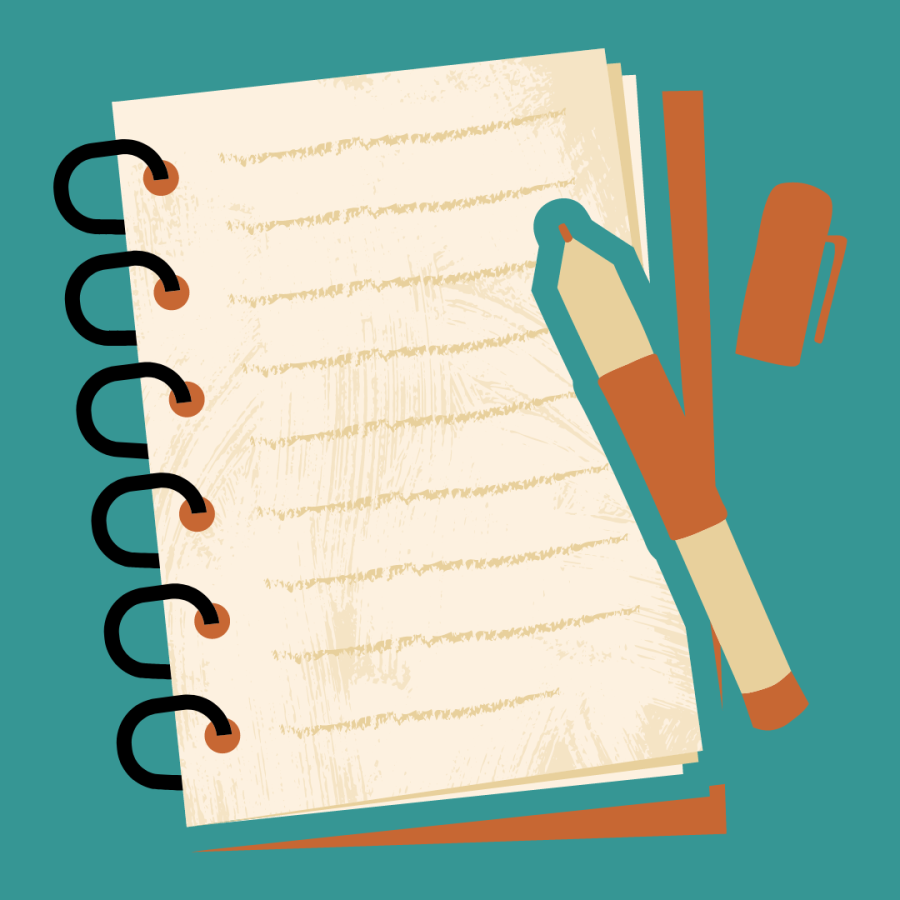A beginner’s guide to bullet journalling
Bullet journaling is a fun and effective way to plan out your schedule or keep track of your goals.
February 25, 2023
Bullet journaling is a trend that continues to gain popularity every year. The trend is described as buying a blank journal that you will eventually design yourself to help you organize and list your tasks, but you can really do anything with a bullet journal, it doesn’t have to be limited to lists. It’s almost like a diary in a sense, just instead of being filled with heartfelt entries, it is filled with aesthetically designed to-do lists and/or time-oriented goals.
You can get as imaginative and creative as possible when designing your bullet journal. That’s why many are attracted to the trend. It’s journaling and task-organization on a more personal level—its design is specific to your style and objectives.
Many people suggest trying bullet journaling because it helps you organize your thoughts and schedule in a more appealing way. It also requires that a person dedicate an allotted amount of time to arranging your tasks, planning out your schedules or putting down your thoughts. Having a designated time to do all of these things can also help you to de-stress. It is helpful to have an allotted amount of time.
Whether that be for school, work or everyday life, this is something everyone should try starting. One of the very first steps when starting bullet journaling is making sure you have everything—pens, pencils and even colored pencils. You need all these supplies to begin your bullet journaling journey.
Next thing you need is a journal book. You can either get a journal that has blank sheets with lines or with sheets that already have the bullet points pre-printed for you. The next step after that will be determining what you want the intention of your bullet journal to be. It can serve as a calendar, or goal/to-do list organizer. These things are a good start but look to make it more personal by adding more specific lists, like a list of heathy foods you want to try out to maintain a healthy diet.
The next step in creating a bullet journal is numbering your pages in your journal book while you continuously work on it, doing so helps when referencing back to things. Another step is deciding whether you will bullet journal daily, weekly or monthly to help keep track of your goals. The following step is coming up with a tracking system to know whether you completed your goals. It’s almost like a key indicator for most readings but this time for a journal. For example, once you’re done with a task you can put a check mark or an X mark to indicate you have completed the tasks. You can also put the three dotted lines next to your tasks you are currently in the progress of doing to show that this task is currently in progress.
The last step of creating your own bullet journal is to not stress yourself. The bullet journal does not have to be perfect and might not be everything you think it may become, but continuing to put your own ideas in this journal will help you with your end goals.














